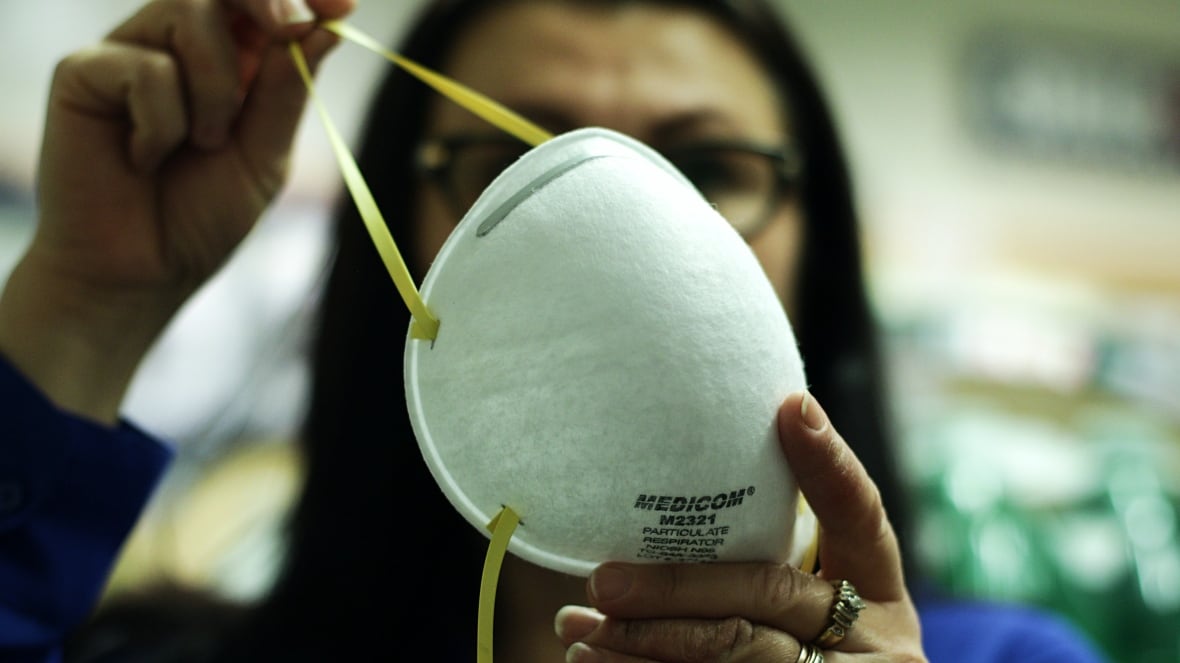
Some friends and I got together this week. We were abiding by the no-more-than-10-in-a-bubble rule. Actually, there were only about five of us, and we weren’t even in the same neighbourhood. We’d gathered – as so many of us do these days – for a Zoom chat. After we’d caught up on all the latest, somebody sighed and wondered when we might all gather at a favourite watering hole again. There was a pause.
“Geez, I wish things were back to normal,” one friend said.
There was general agreement that sitting face-to-face, having the chance to give hugs to family and good friends, or enjoy a cool one on a patio together really would be great to have back. Later, however, I concluded there’s a great deal about the old normal I’d rather not return to.
I feel pretty certain that the poor standard of care or inappropriate state of safety and security that COVID-19 has revealed in some of Canada’s long-term-care or seniors’ centres, over the past four months, is nothing any of us wants to see repeated.
Too many people in too few rooms and no fall-backs when the virus entered those facilities, left too many of our elders dead. According to statistics released in May, 82 per cent of all COVID-19 deaths in Canada occurred in facilities providing long-term care.
The combination of care based on: a mixture of public and private funding, a wild array of providers, systems for-profit and others not-for-profit, some paid caregivers and others unpaid, or unionized versus non-unionized workers, with wages all over the map, says Dr. Samir Sinha, at the National Institute on Aging, has taken a deadly toll. To let such chaos continue is not normal, but abnormal … if not abusive.
Another tradition pre-pandemic we could do without is the shaky state of child care in Canada. We’ve learned that the virus has hurt working women more than men. In April, before we started re-opening the economy, 2 million Canadians were out of work – 16.9 per cent of them were women while for the same period, February to April, only 14.6 per cent of men lost jobs.
So, with recovery underway, we’ll be relying on child care to allow women to return to work; but, among other things, physical distancing precautions have reduced child-care spaces drastically. Add to that, women contribute the majority of household purchasing power, or 57 per cent of national GDP, and economist Armine Yalnizyan says more and better child care is paramount.
“Without a ‘she-covery,’” she said on CBC Radio, “there is no recovery.”
I have to say my eyes were opened to a change the present provincial government announced, this week, that a lot of us would recognize as progress away from stereotyping, profiling and racializing, a.k.a. the old normal. The education ministry revealed its plans to eliminate streaming.
I’m sure we can all remember that moment back about Grade 9, when the high school guidance counsellor or vice-principal forced us to choose either an applied-study route or an academic-study route. That decision – forced upon 13-year-olds in Ontario – would determine whether they pursued liberal-arts study and potentially a university degree, or practical training and an applied certificate or apprenticeship.
Not to cast aspersions on either path, but how many 13-year-olds have the maturity or foresight to make that kind of decision? And how many young lives – from largely visible minorities or low-income families – have our schools channelled wrongly because somebody arbitrarily said: “You’d do better to get a trade.” That kind of normal we can certainly do without.
Indeed, the idea is frowned upon in most of the world’s democracies. The Organization for Economic Co-operation and Development, representing developed nations has urged that students not be separated into different tracks until they reach the higher grades. One of Toronto’s school boards admitted that nearly half of Black students ended up taking applied courses, as opposed to 20 per cent for non-Blacks.
There was one other part of the post-pandemic world my friends and I chatted about the other day during our new normal Zoom chat. We talked about the pros and cons of Toronto’s new edict that requires people in the city to wear masks in public places – stores, museums, transit, etc. And one of my friends illustrated why this whole moment in time looks and feels so awkward. He described a trip – wearing masks – to the grocery store.
“My wife and I joined the line-up to the cash,” he said, “and there were a dozen people all looking as if they were ready to rob a stage.”
Yes, life in the pandemic has begun to look like a B-Western. And there are a lot of low-budget Westerns I’d rather not find myself reliving.